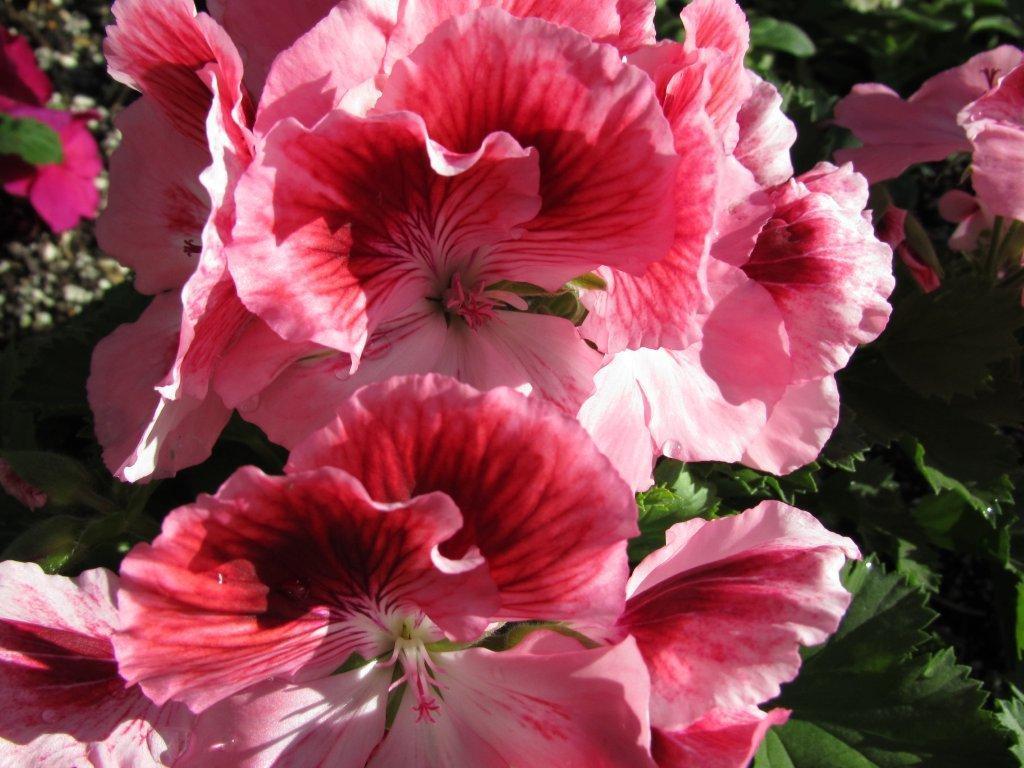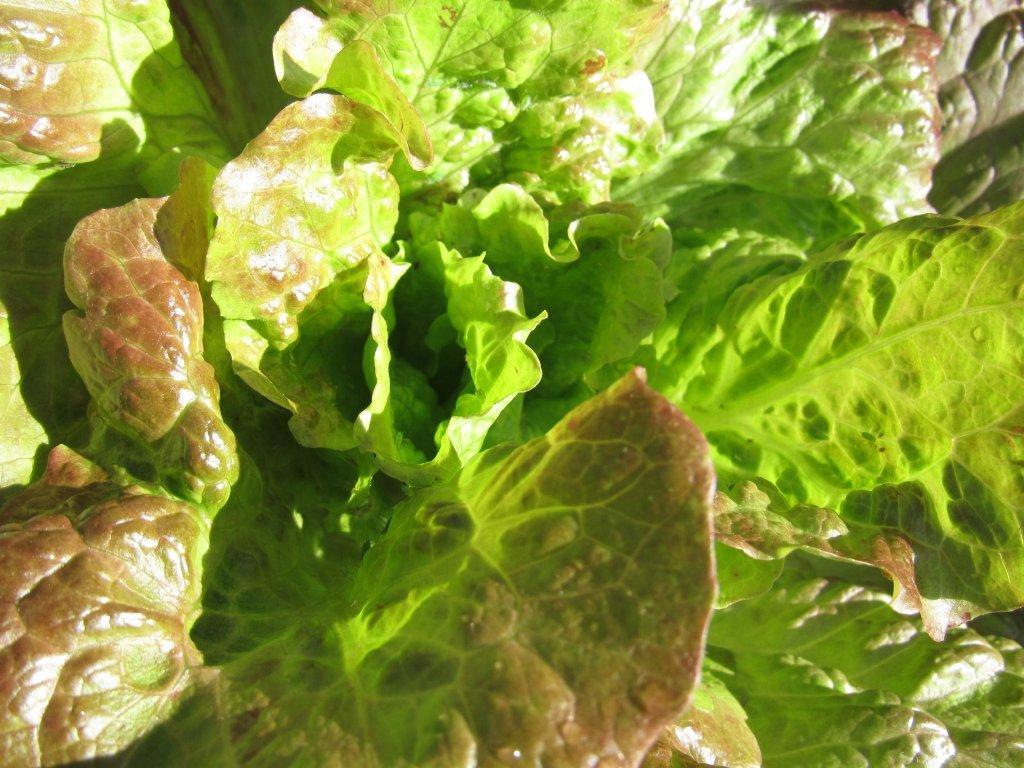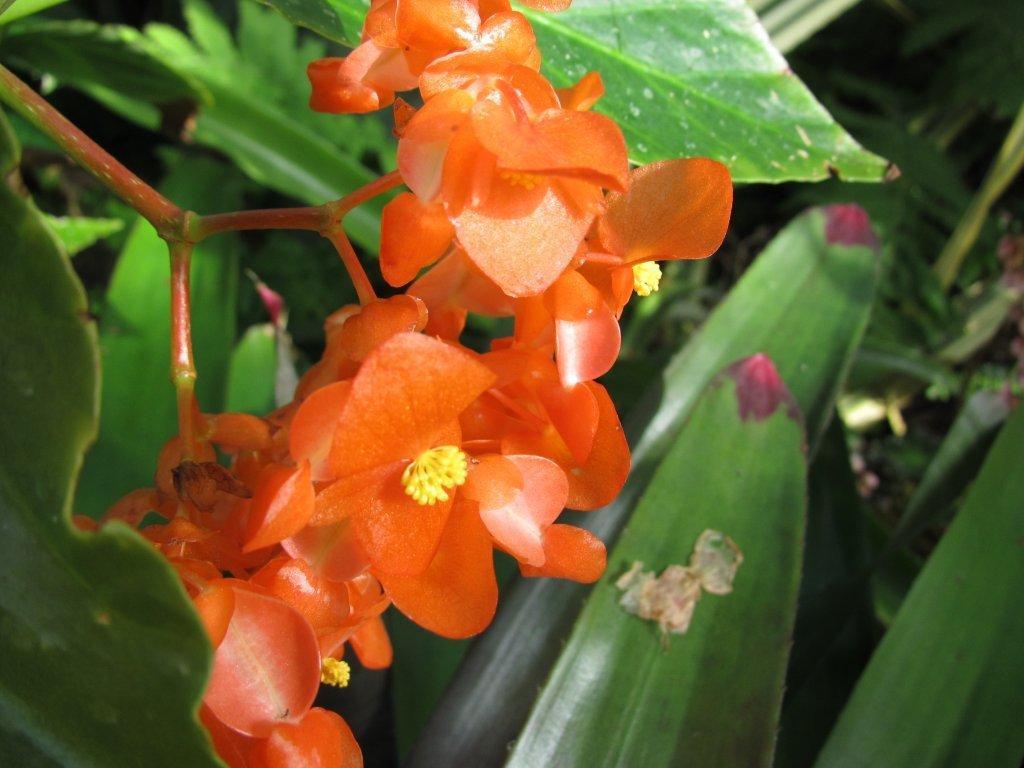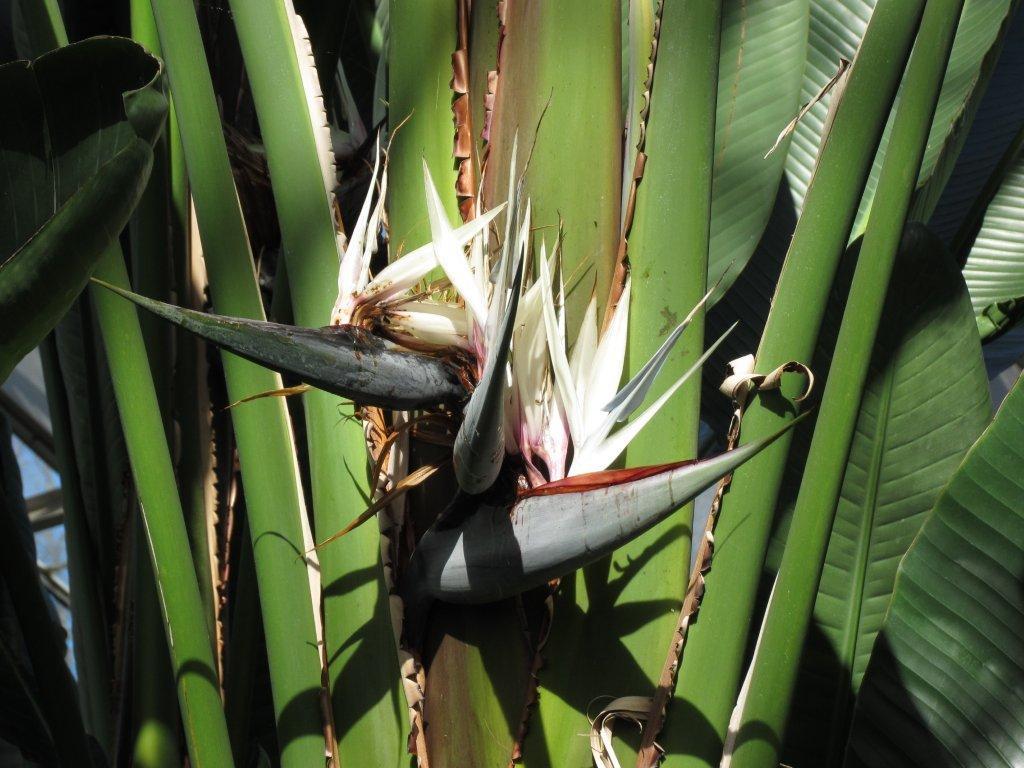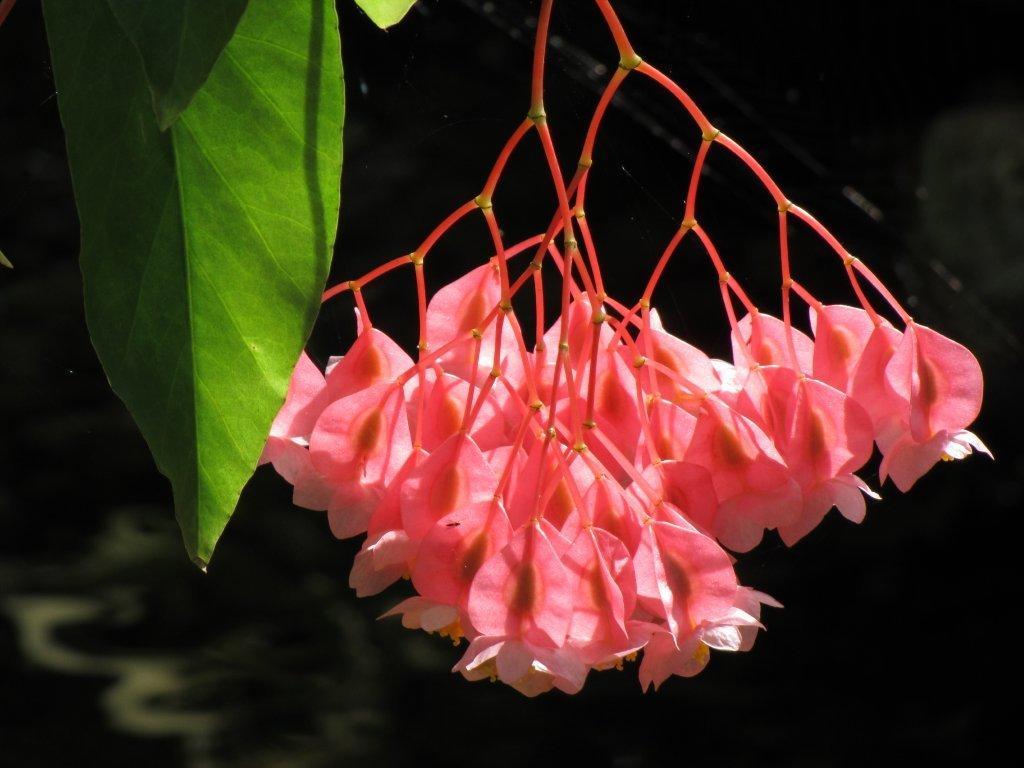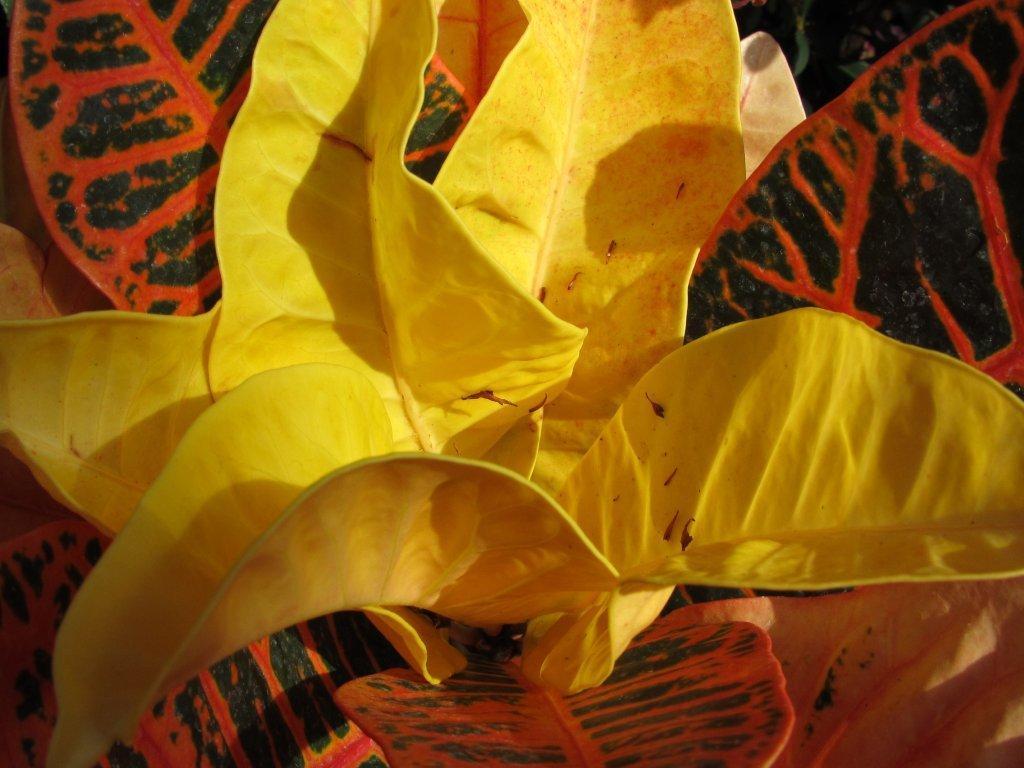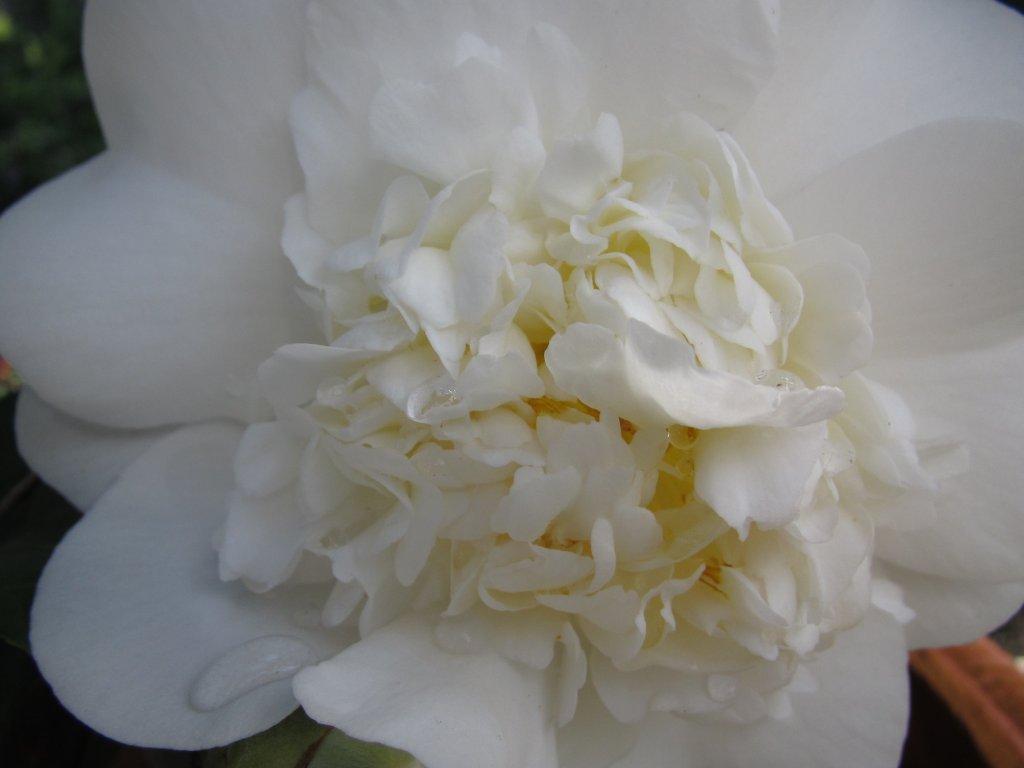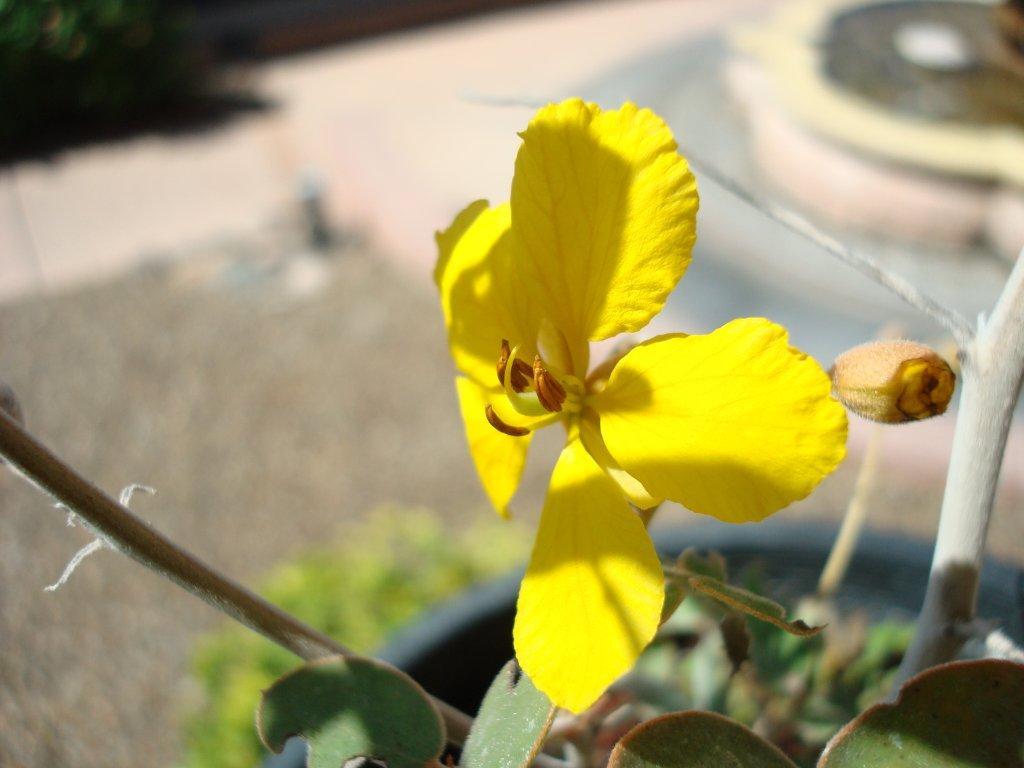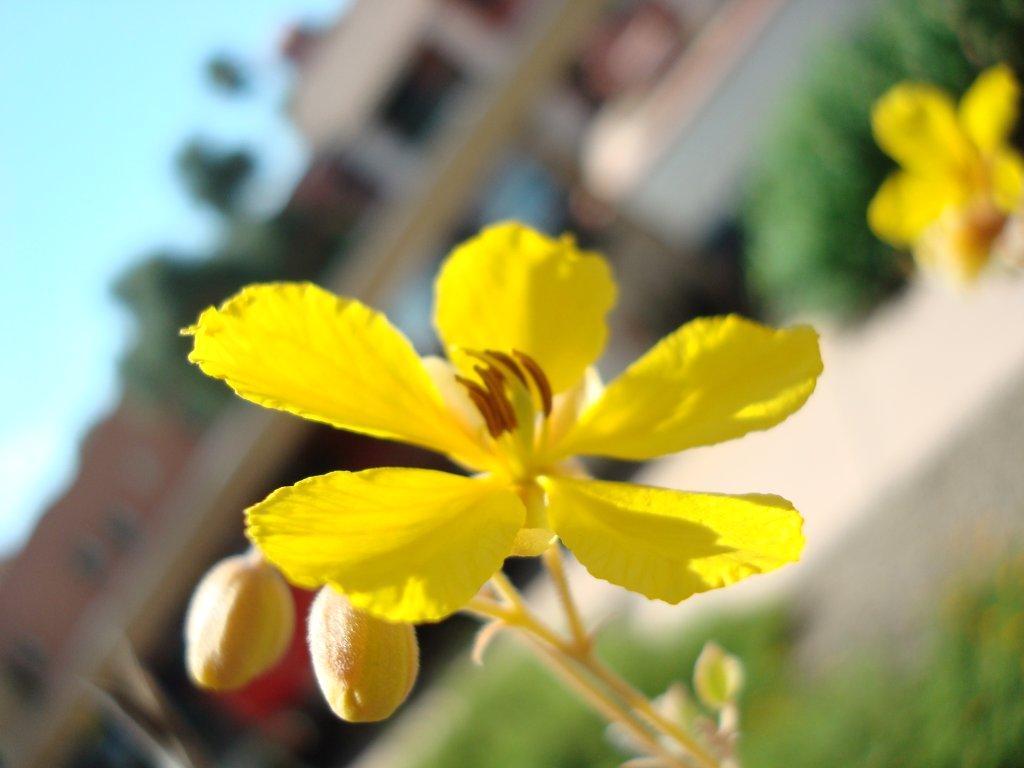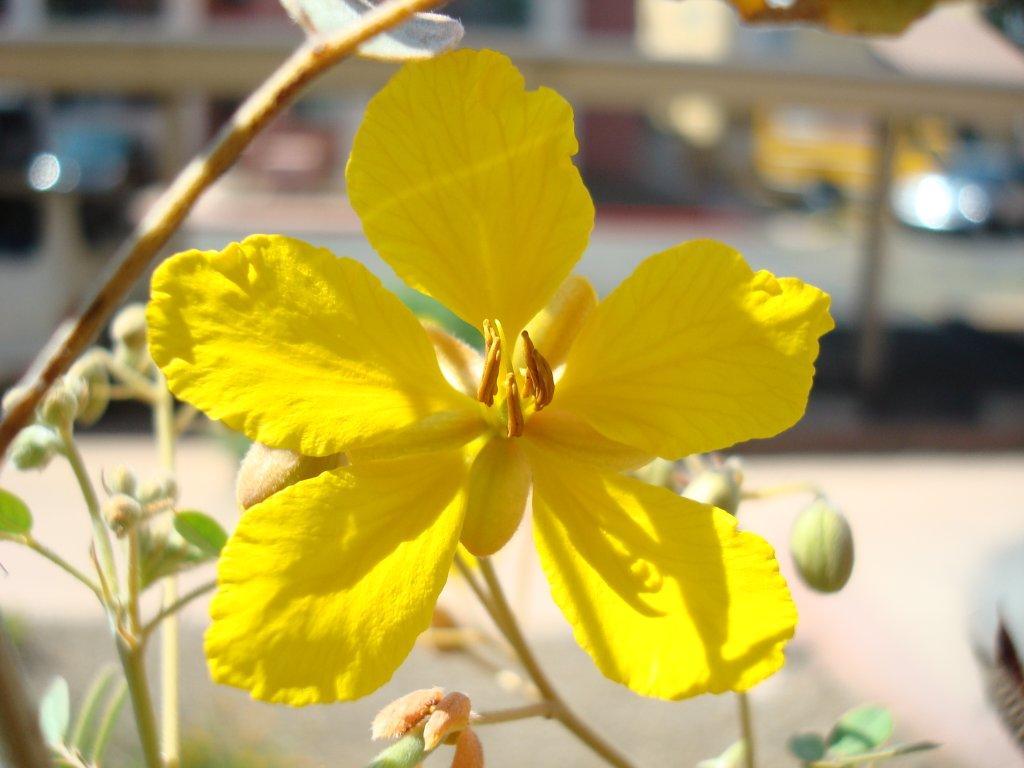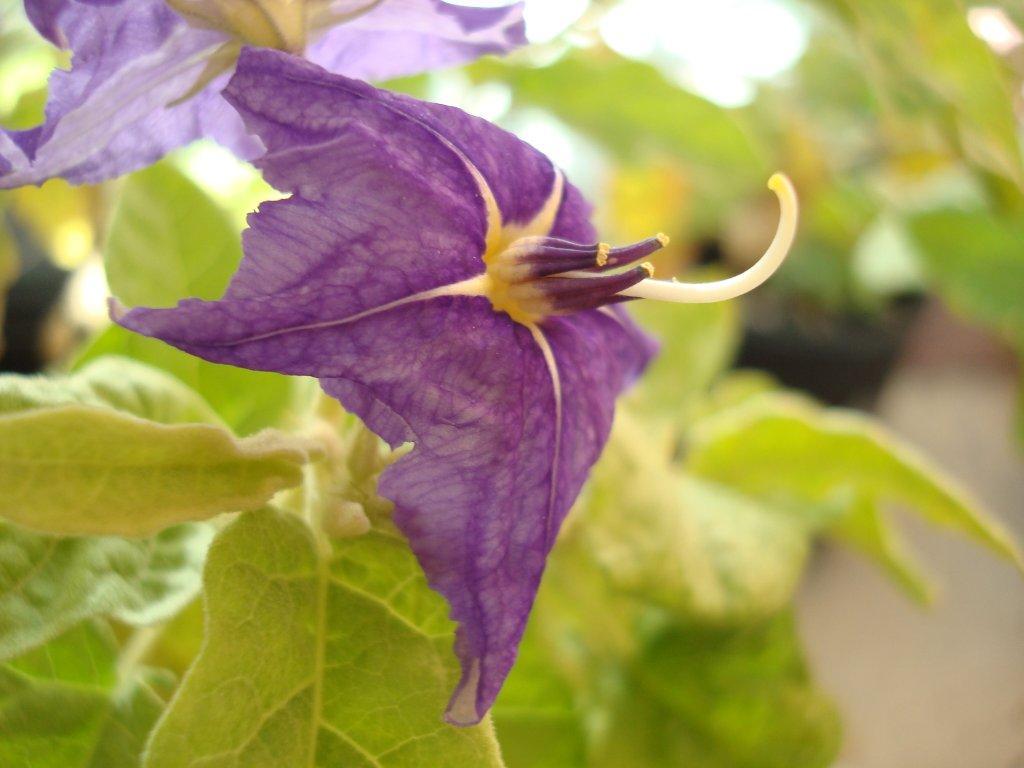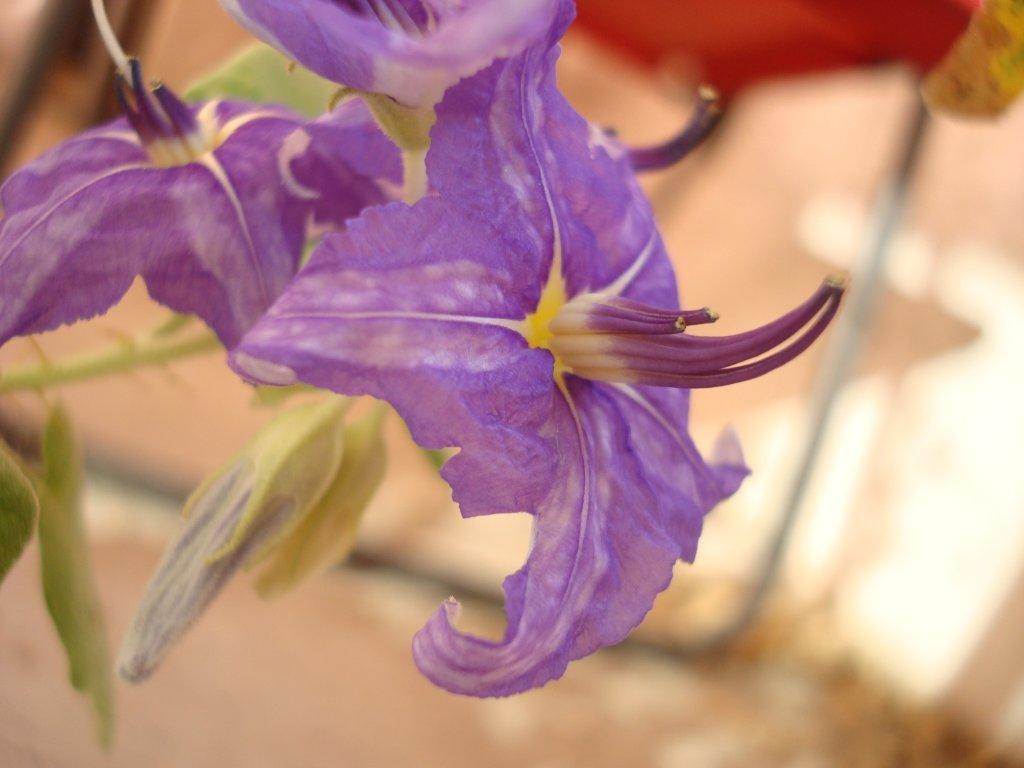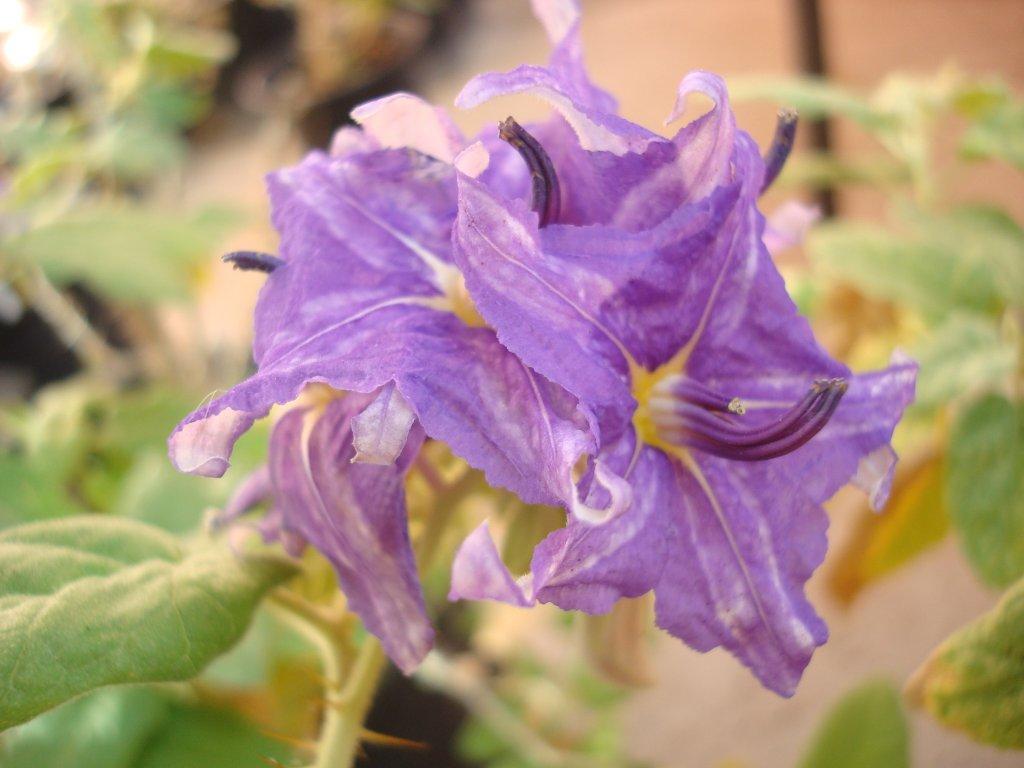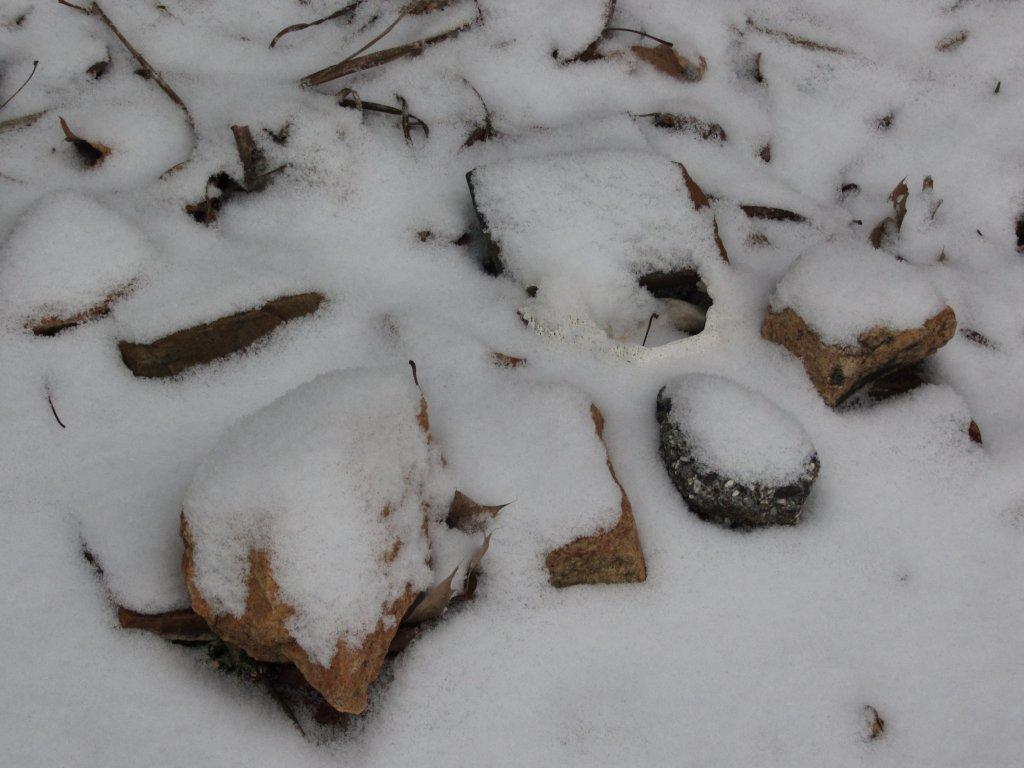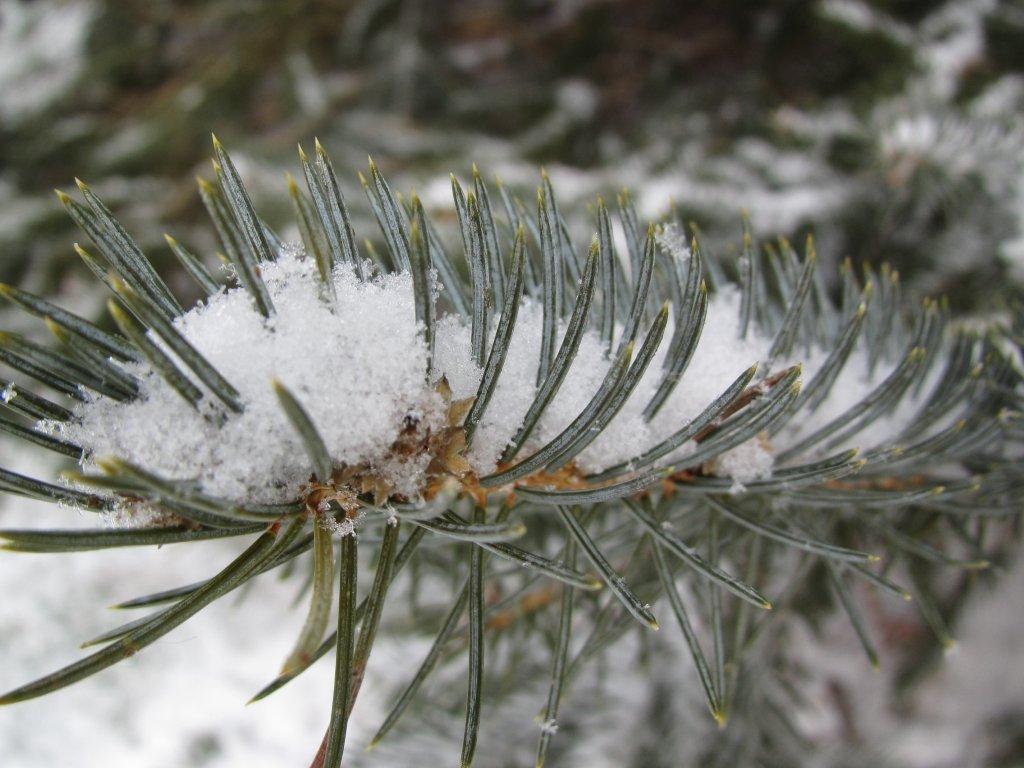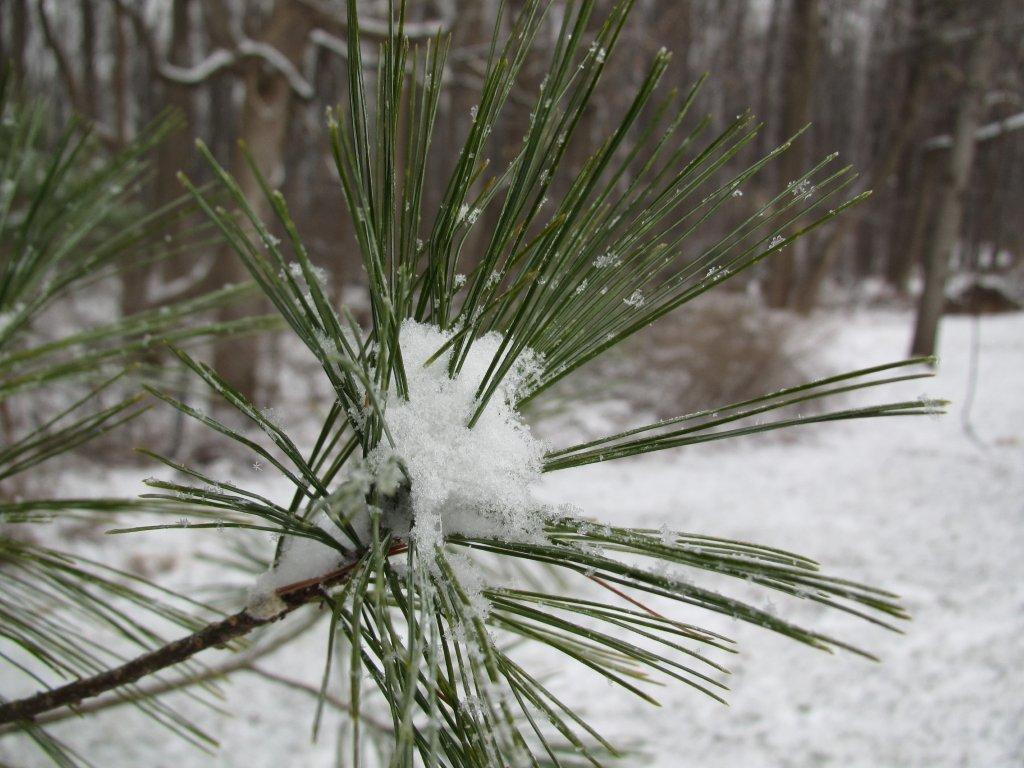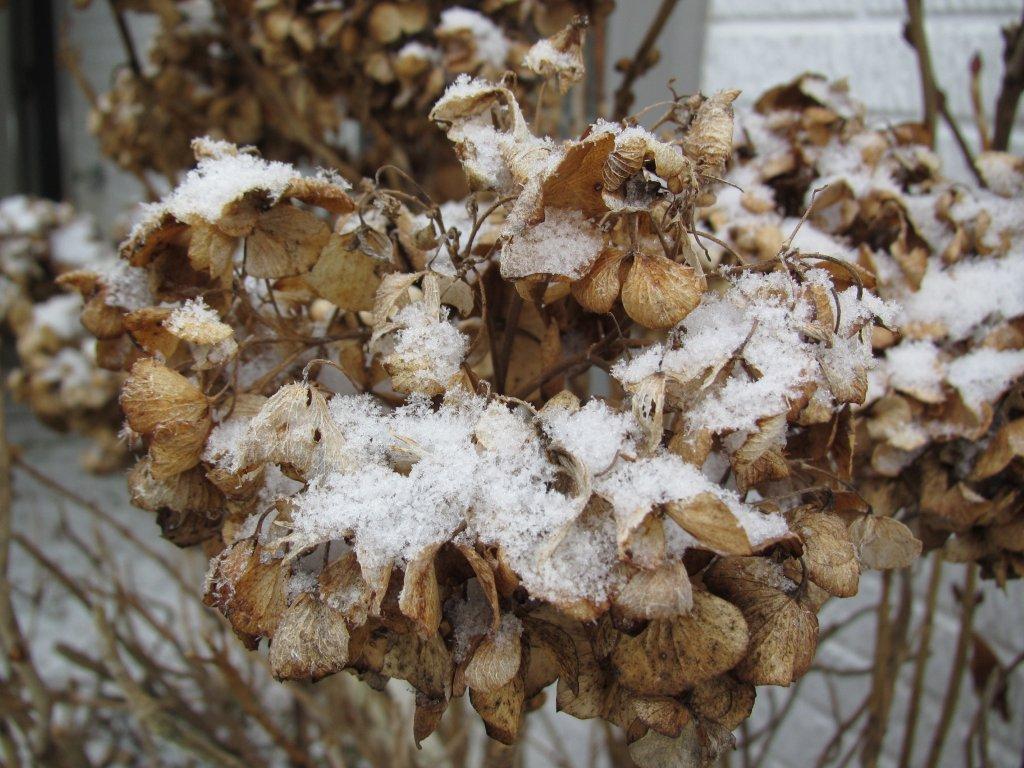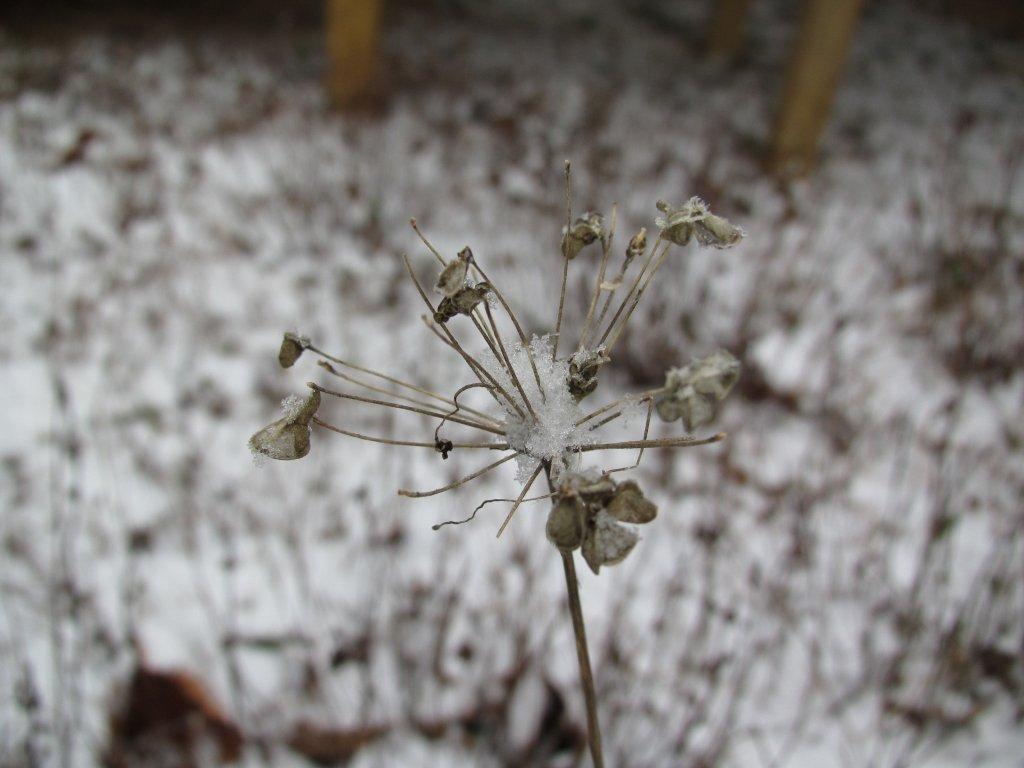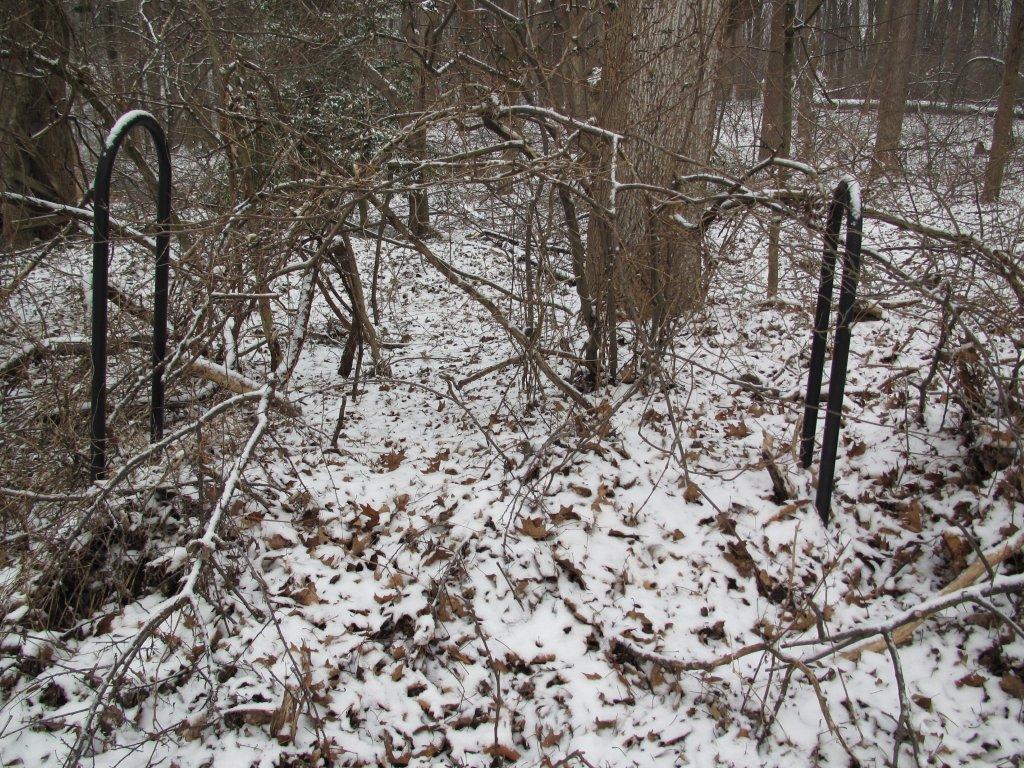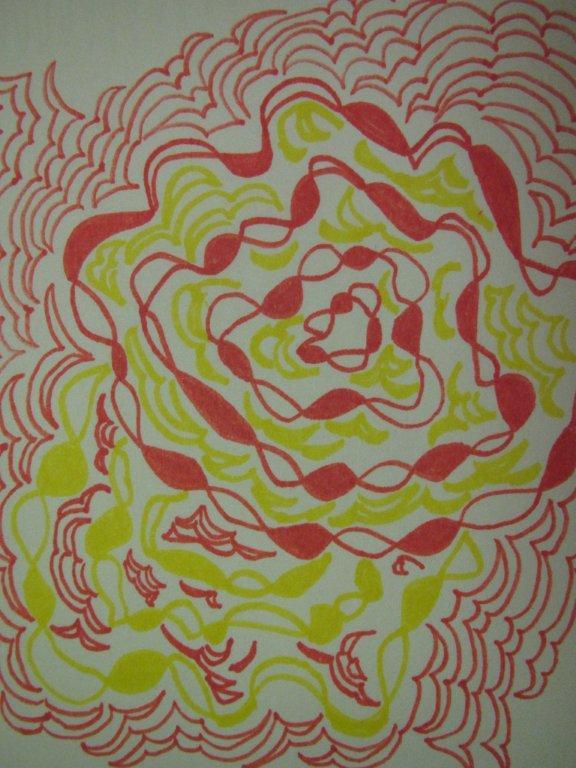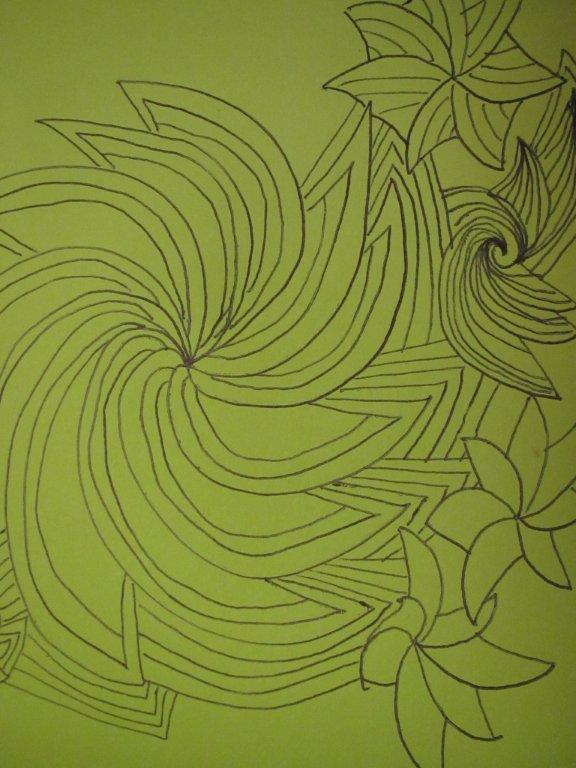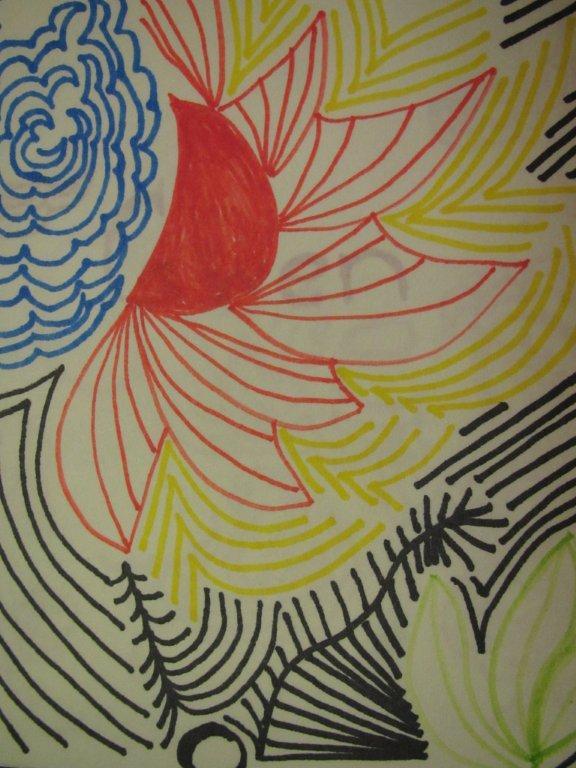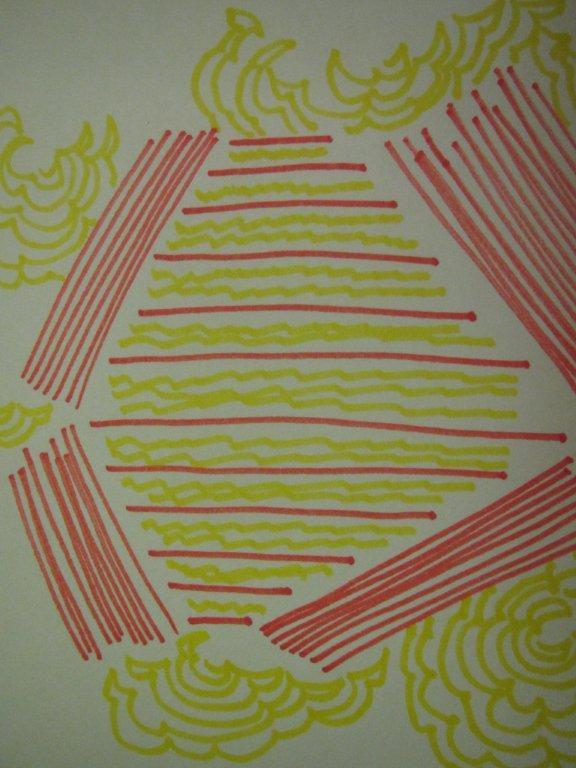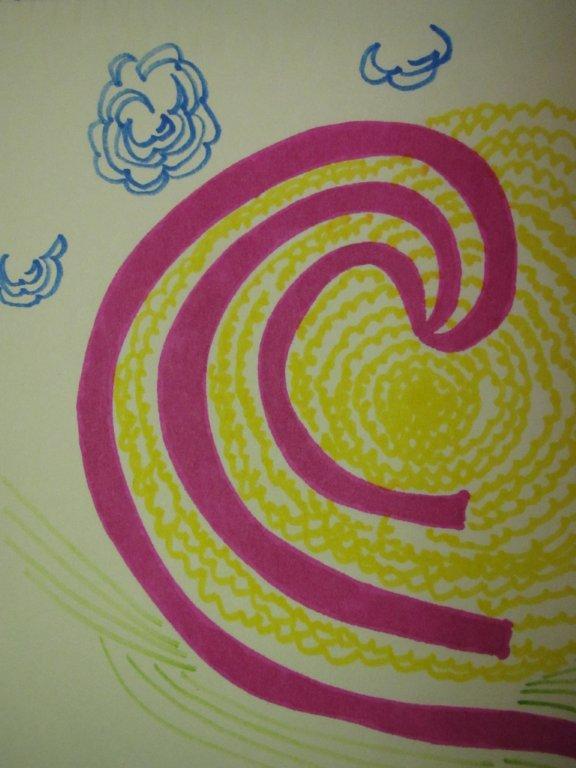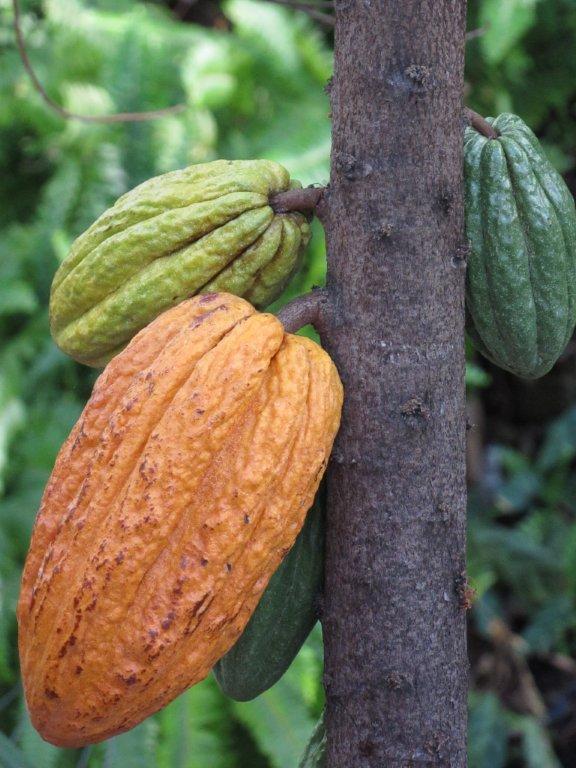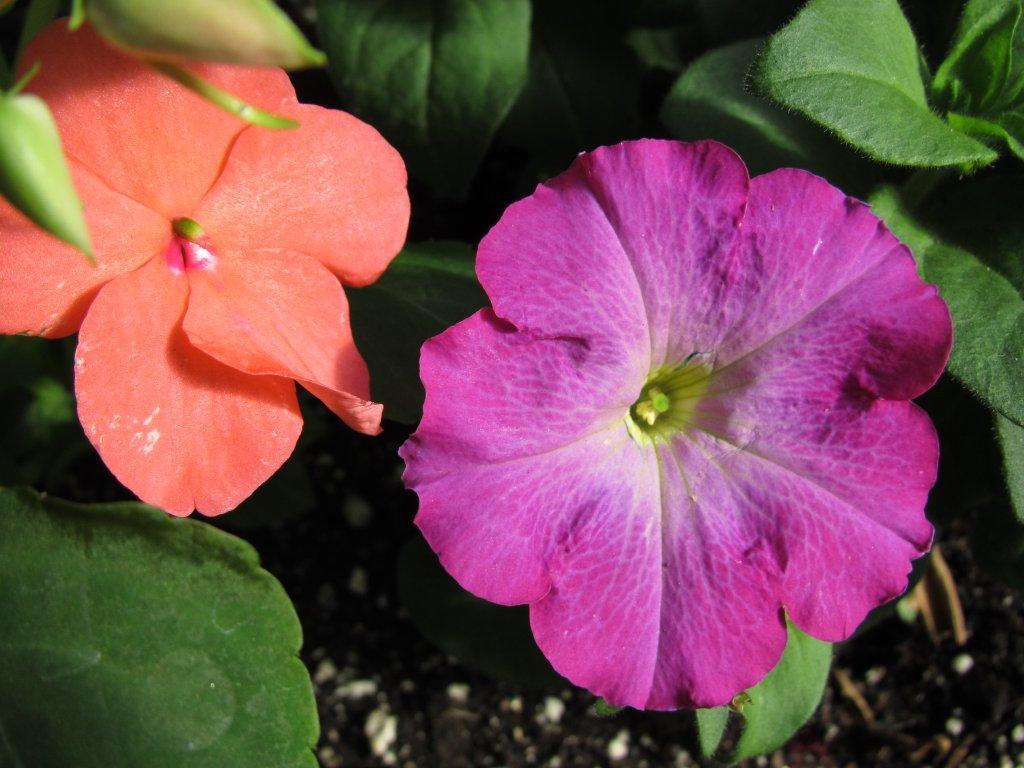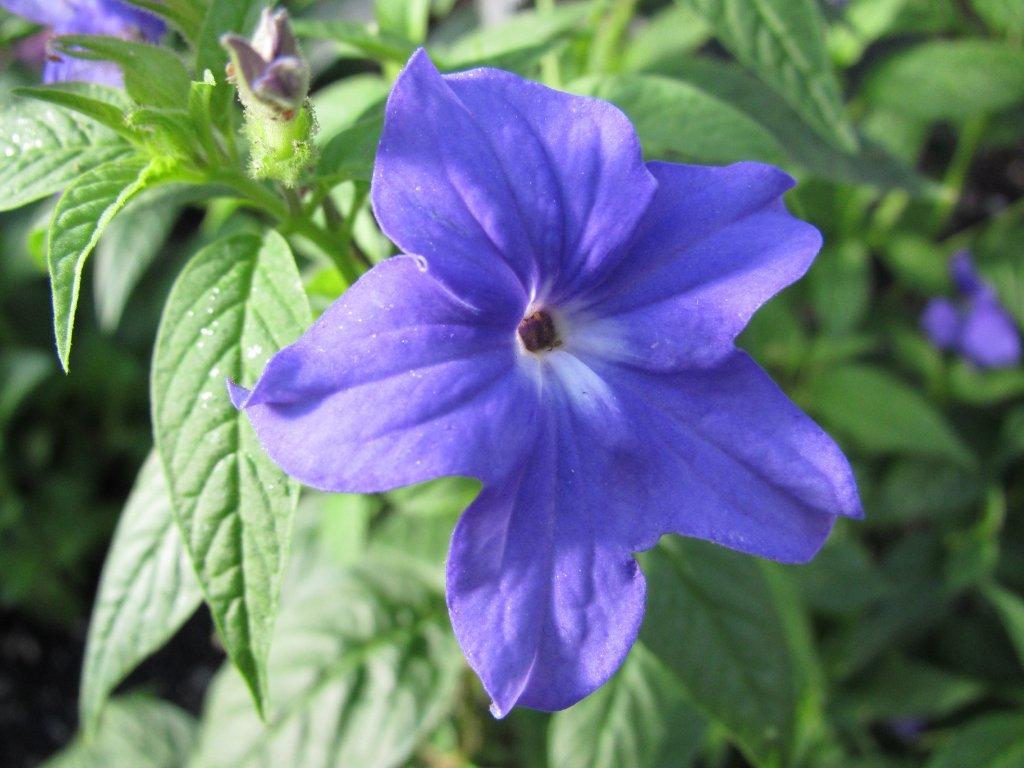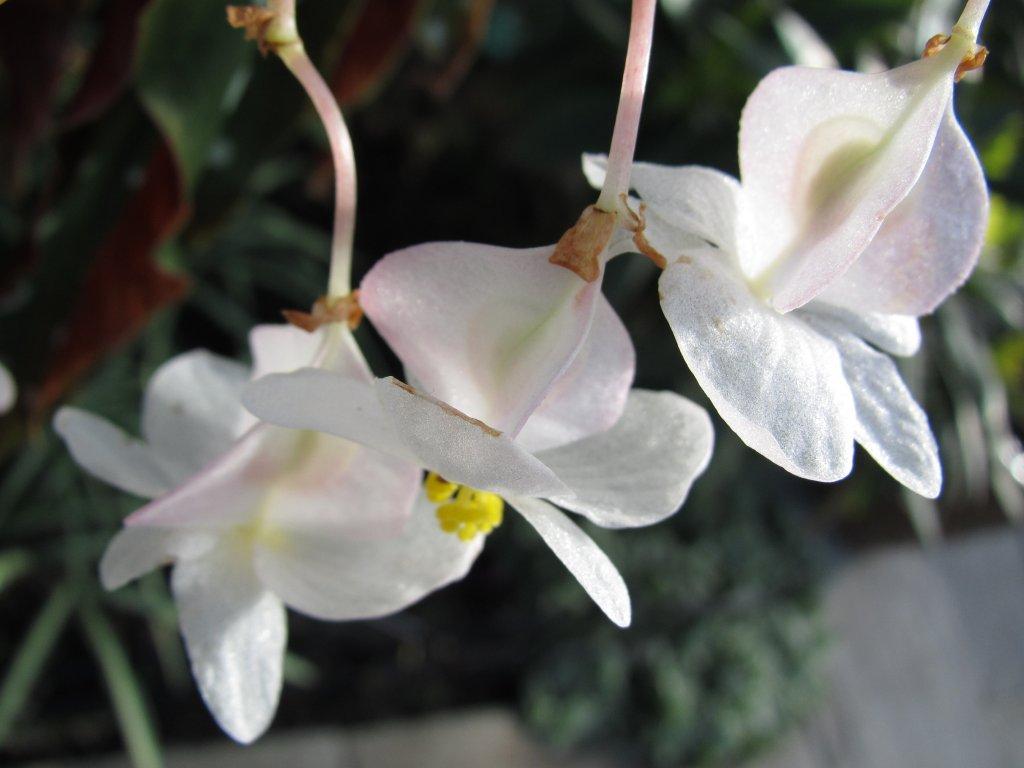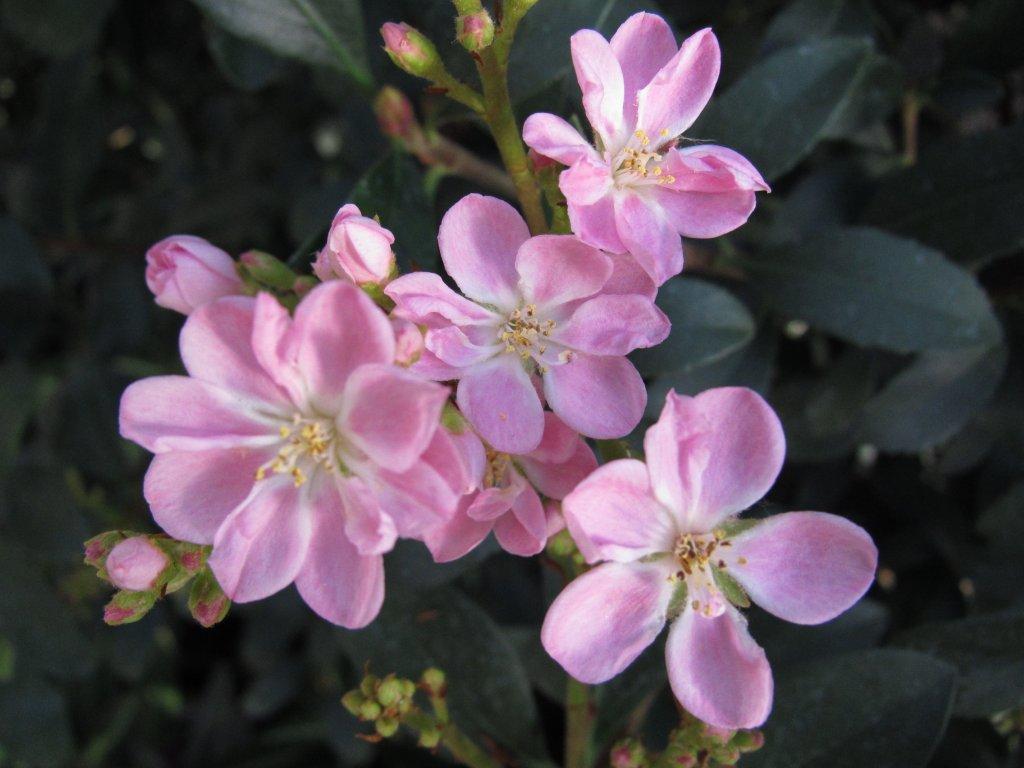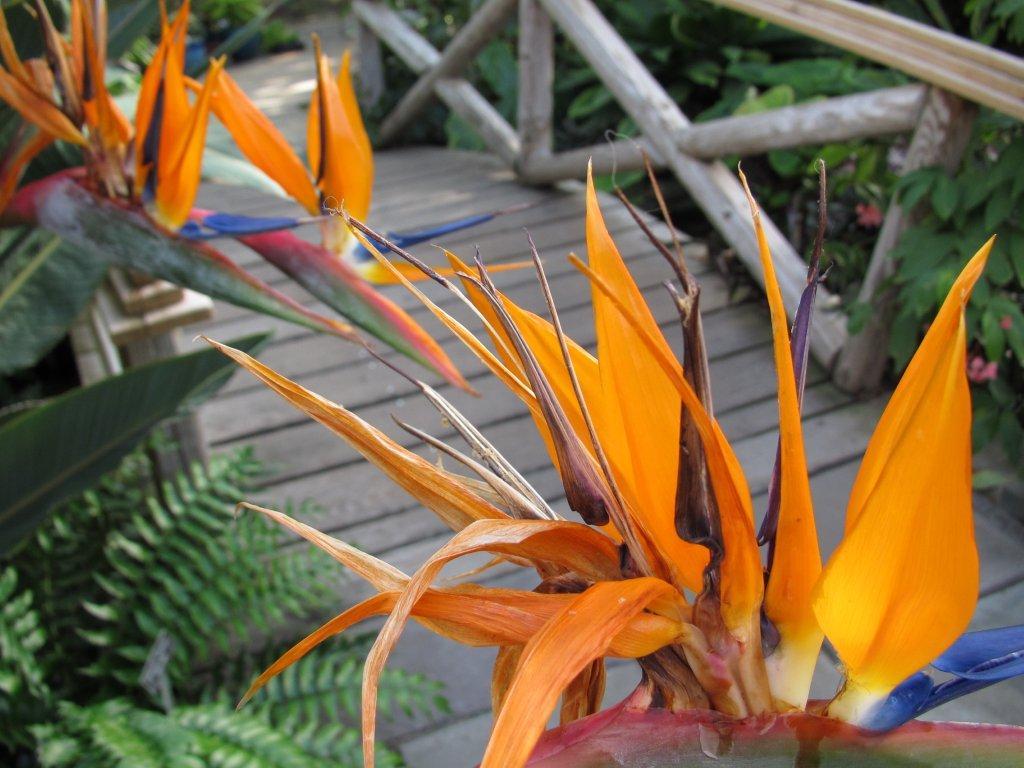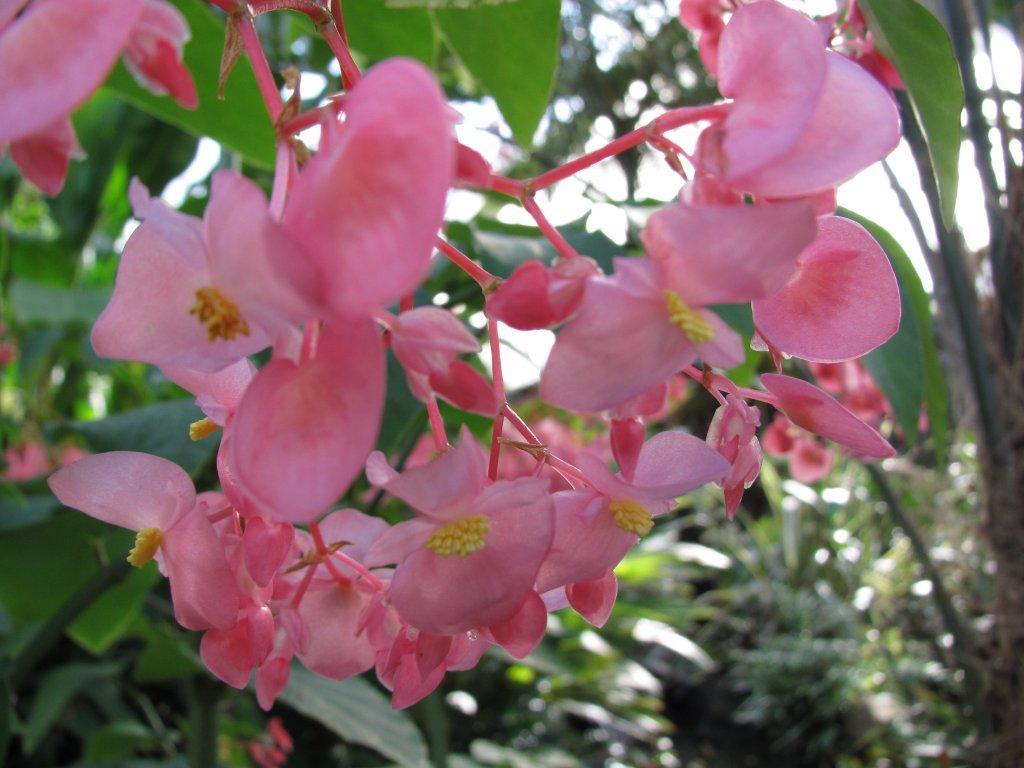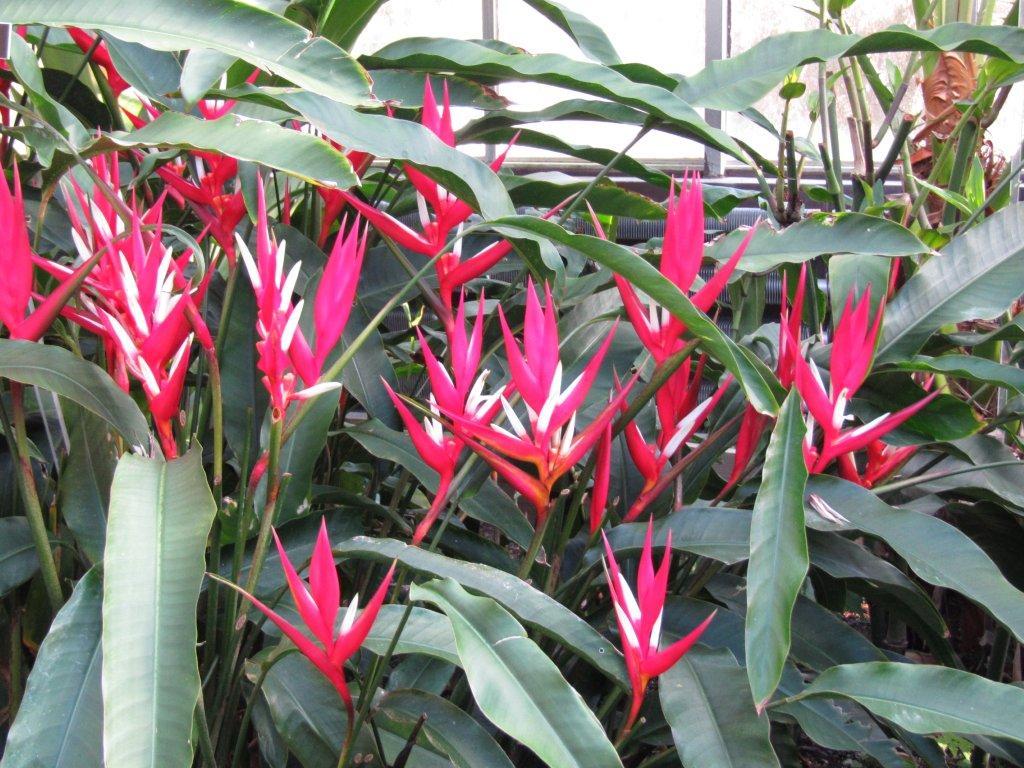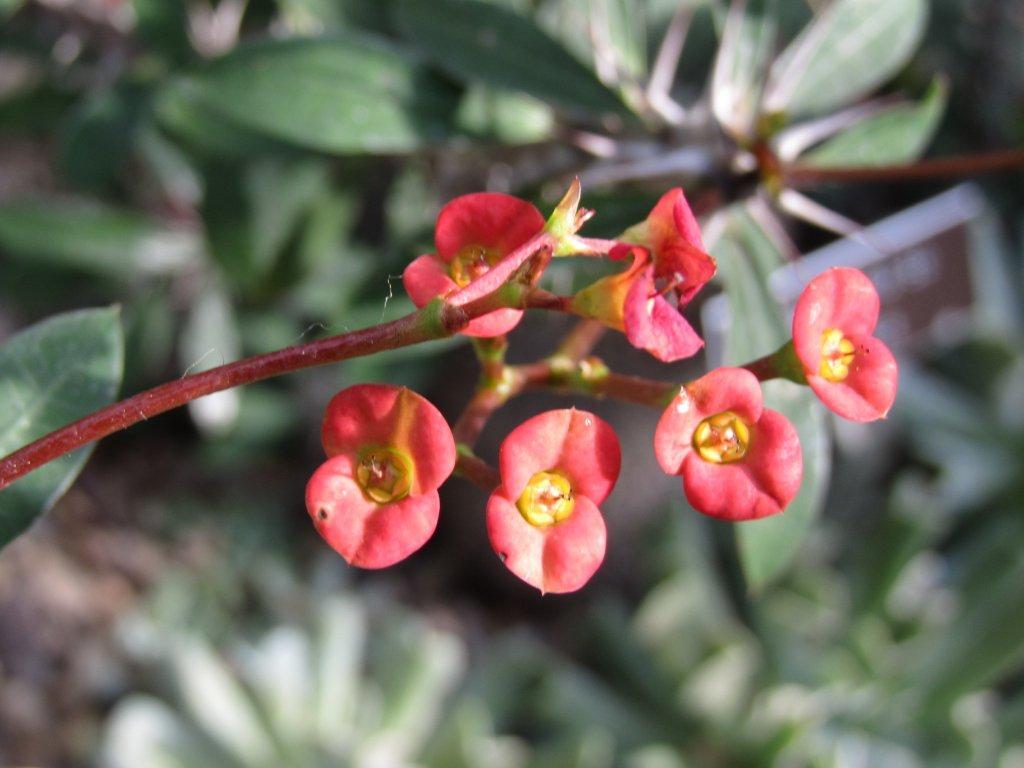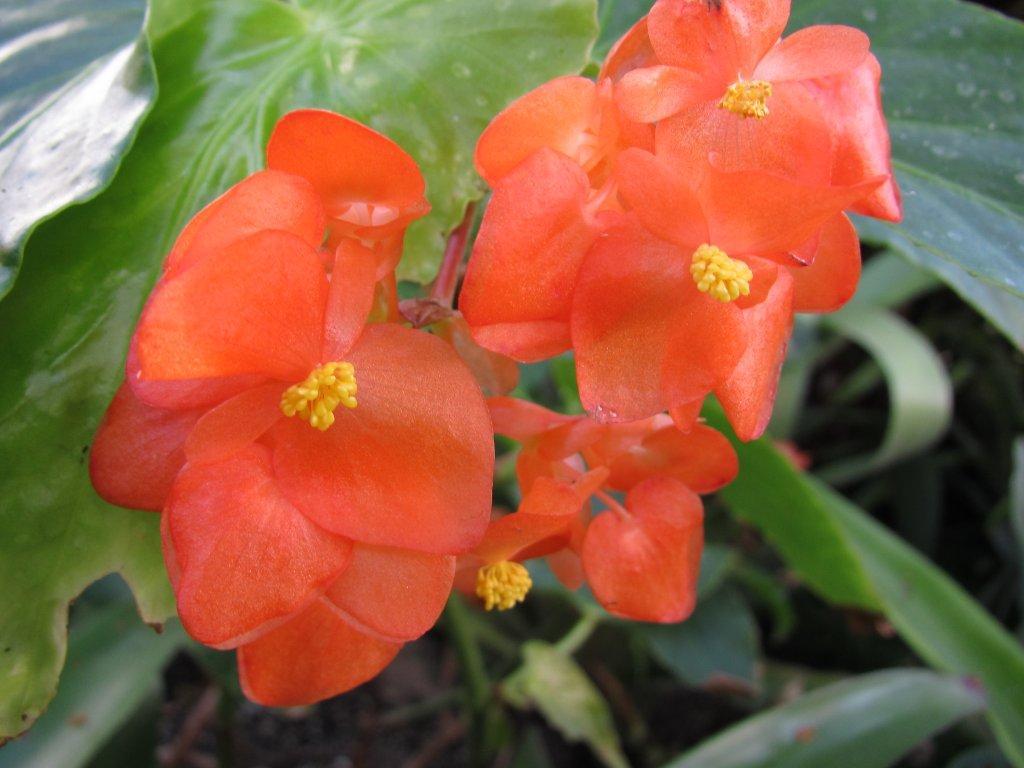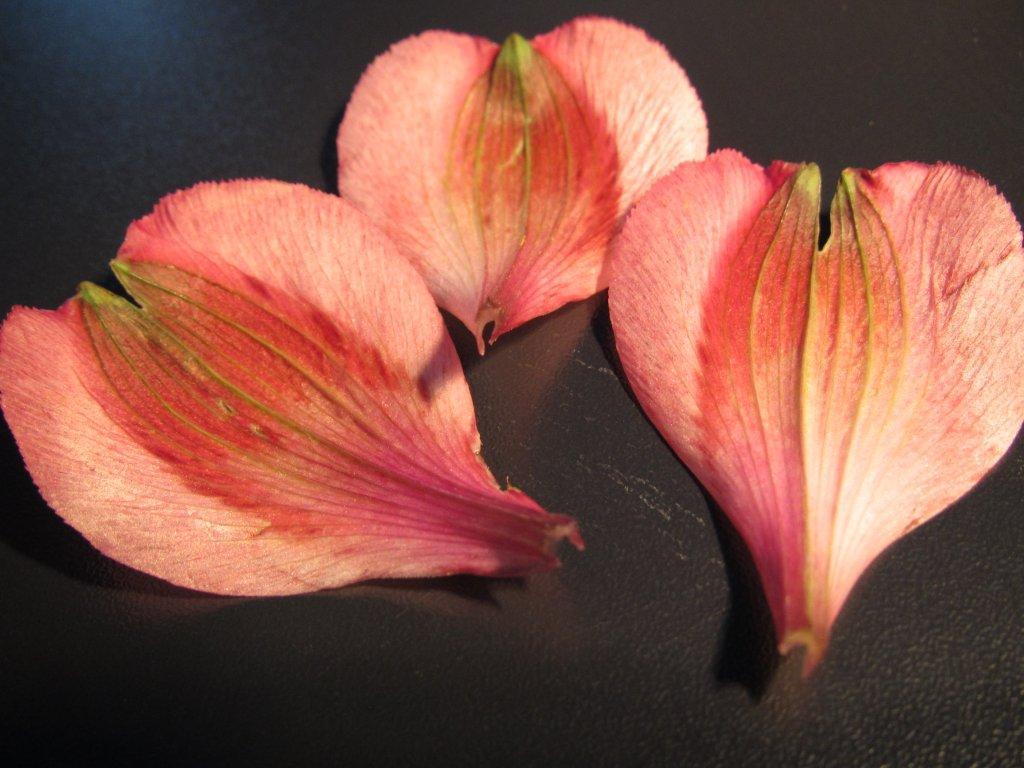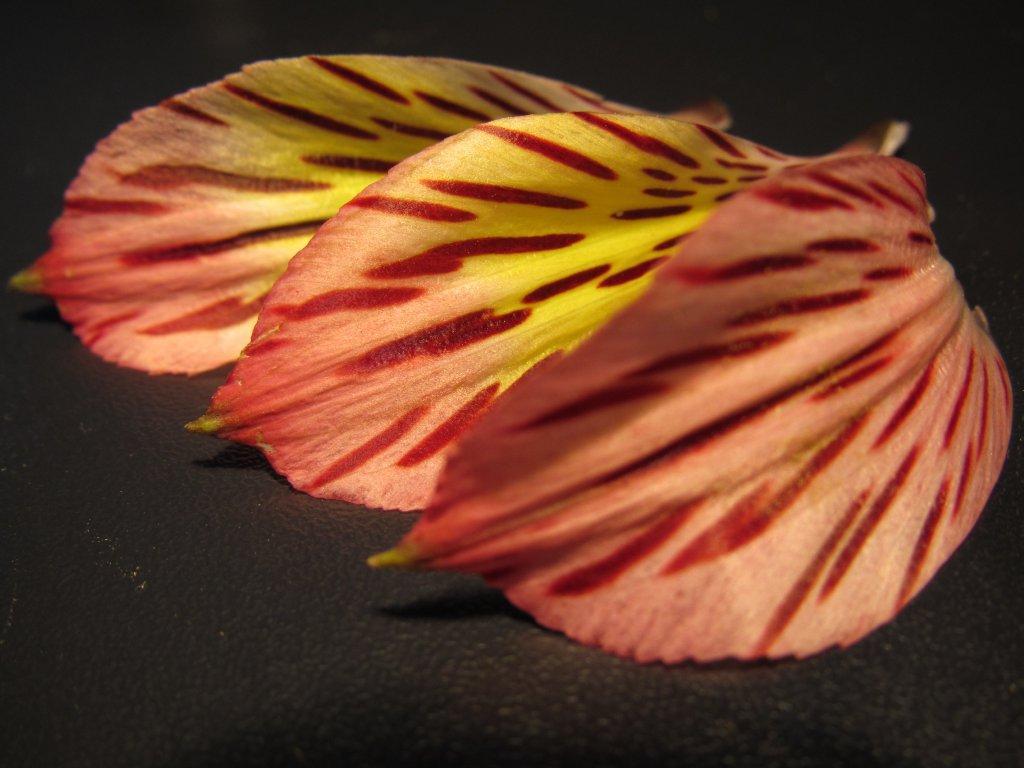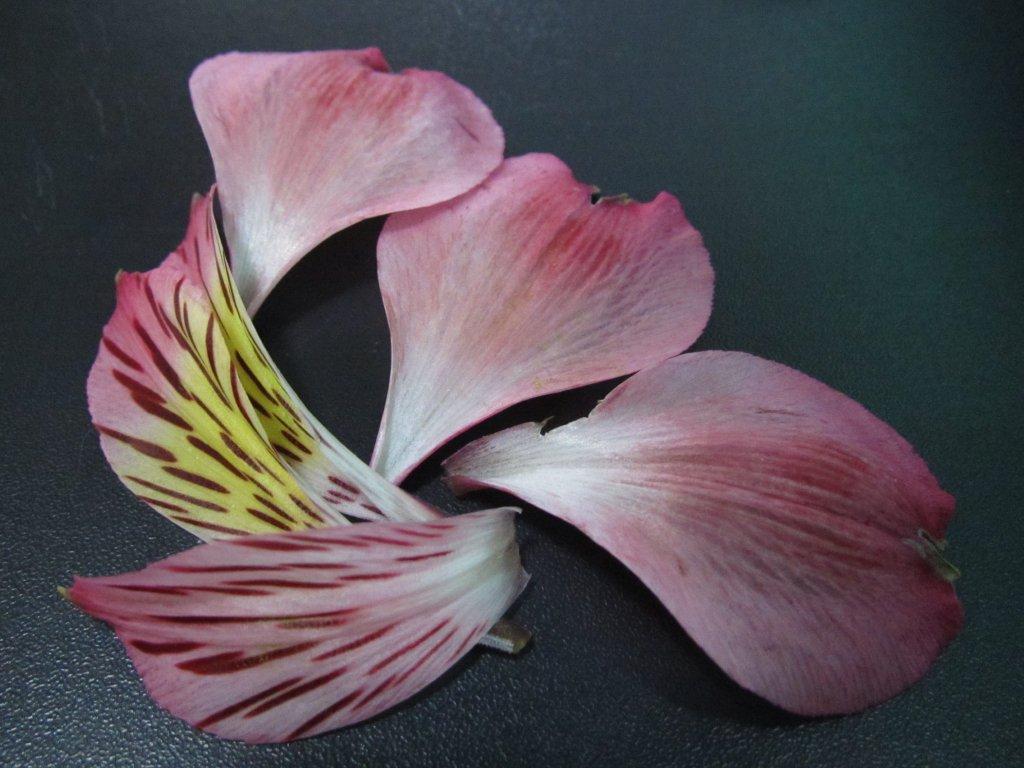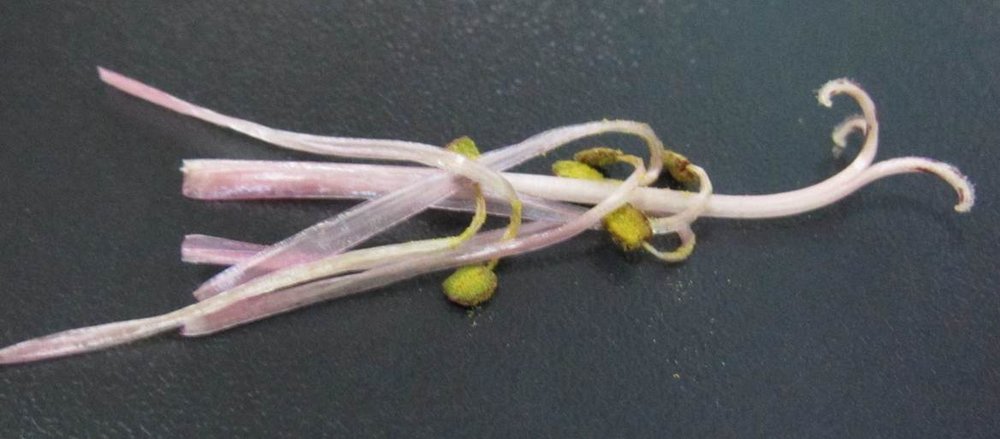Gleanings of the Week Ending March 02, 2013
/The items below were ‘the cream’ of the articles I read this past week. Click on the light green text to look at the article.
Point me to a brain area - neuro-anatomy (head - neck- brain - spine) tutorials
Shimmering Mosaic of Earth Made of Stained Glass and Jewels
The World's 20 Most Amazing Tunnels - lots of photos
 Windows On Nature: The Ten Best National Park Webcam Sites In America - A list from National Parks Traveler. The collage of pictures at the right shows the snow and fog from earlier this week….a virtual tour of the parks!
Windows On Nature: The Ten Best National Park Webcam Sites In America - A list from National Parks Traveler. The collage of pictures at the right shows the snow and fog from earlier this week….a virtual tour of the parks!
4 surprising lessons about education learned from data collected around the world - TED talk
Want To Be In The Dark? Death Valley Is Among 20 Recommended Places
More Antioxidants In Your Diet May Not Mean Better Health - not all antioxidants are equal
Choosing Wisely Lists - information on when medical tests and procedures are appropriate…good information to have before you see your doctor
Jagged Worldviews Colliding by Leroy Little Bear- an introduction to the differences between Indigenous and Eurocentric worldviews
Technology Upends another Industry: Homebuilding - doing the same amount of work with half the staff







